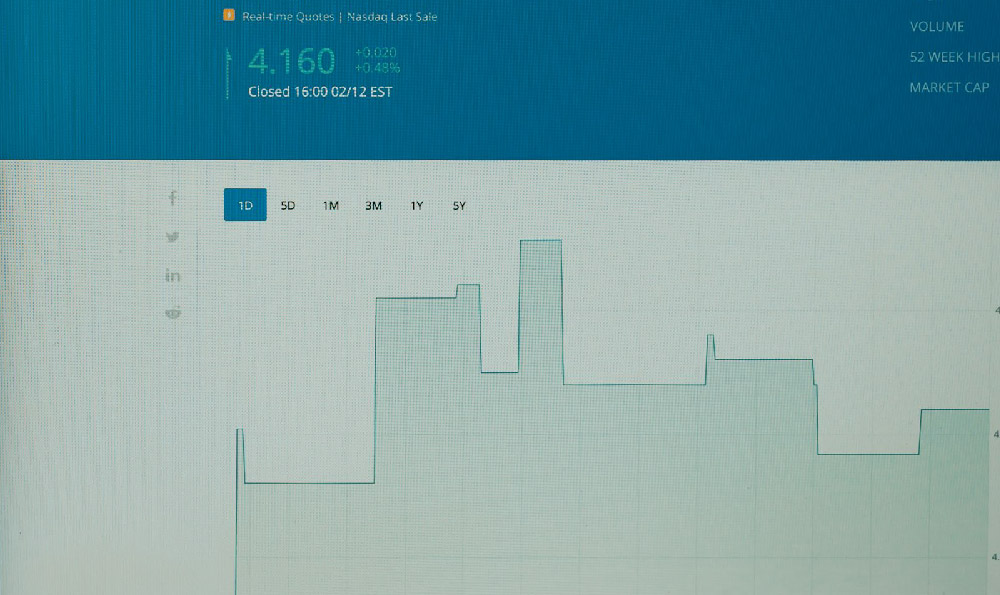Investing in Debt: What are the Strategies and What are the Risks?
Investing in debt, or fixed income, encompasses a wide array of financial instruments offering potential returns through interest payments and capital appreciation. While often perceived as a safer haven compared to equities, debt investments are not without their own set of strategies and inherent risks. Understanding these nuances is crucial for any investor looking to incorporate debt into their portfolio and achieve their financial goals.
One of the fundamental strategies involves understanding the different types of debt instruments available. Government bonds, issued by national governments, are generally considered the safest due to the backing of the issuing country. These bonds are often used as a benchmark for other debt instruments. Corporate bonds, issued by companies, offer higher yields but also carry a higher risk of default. Municipal bonds, issued by state and local governments, often offer tax advantages, making them attractive to high-income earners. Mortgage-backed securities (MBS) represent claims on the cash flows from mortgage loans, offering diversification but also exposure to interest rate risk and prepayment risk. Emerging market debt, issued by governments or corporations in developing countries, offers potentially higher returns but comes with significant political and economic risk. Each type of debt instrument has its own unique characteristics and risk-reward profile, influencing the overall portfolio strategy.
Another key strategy is managing duration. Duration is a measure of a bond's sensitivity to changes in interest rates. Bonds with longer durations are more sensitive to interest rate fluctuations than bonds with shorter durations. In a rising interest rate environment, bonds with longer durations will experience greater price declines. Conversely, in a falling interest rate environment, they will experience greater price appreciation. Investors can adjust the duration of their debt portfolio based on their expectations for interest rate movements. For example, if an investor believes that interest rates are likely to rise, they may shorten the duration of their portfolio to mitigate potential losses.

Furthermore, credit analysis plays a vital role in debt investing. Credit rating agencies like Moody's, Standard & Poor's, and Fitch provide ratings that assess the creditworthiness of issuers. Higher-rated bonds are considered less risky, while lower-rated bonds offer higher yields to compensate for the increased risk of default. Investors should carefully analyze the credit ratings and financial health of issuers before investing in their debt. Performing independent research and due diligence can supplement the information provided by credit rating agencies and provide a more comprehensive understanding of the issuer's ability to repay its debt obligations.
Beyond these fundamental strategies, active management techniques can be employed to enhance returns. This includes strategies such as yield curve analysis, which involves analyzing the relationship between interest rates and maturities to identify potential opportunities. For example, if the yield curve is steepening (meaning the difference between long-term and short-term interest rates is increasing), investors may consider extending the duration of their portfolio to capitalize on the higher yields offered by longer-term bonds. Sector rotation involves shifting investments between different sectors of the debt market based on economic conditions and market outlook. For instance, during periods of economic growth, investors may favor corporate bonds over government bonds, as corporations tend to perform well in a strong economy.
While debt investments offer potential benefits, it is crucial to understand the associated risks. Interest rate risk, as mentioned earlier, is the risk that the value of a bond will decline as interest rates rise. Inflation risk is the risk that inflation will erode the real return on a bond. Default risk is the risk that the issuer of a bond will be unable to repay its debt obligations. Liquidity risk is the risk that a bond cannot be easily sold without a significant loss in value. Reinvestment risk is the risk that future interest payments will have to be reinvested at lower interest rates. Call risk is the risk that a bond will be called by the issuer before its maturity date, forcing the investor to reinvest at potentially lower rates. Understanding and managing these risks is essential for successful debt investing.
Diversification is a critical risk management tool. Spreading investments across different types of debt instruments, issuers, and maturities can help to reduce the overall risk of a debt portfolio. For example, an investor might allocate a portion of their portfolio to government bonds, a portion to corporate bonds, and a portion to municipal bonds. They might also diversify across different maturities, such as short-term, medium-term, and long-term bonds.
Finally, it is important to consider the role of debt investments within the context of an overall portfolio. Debt investments can provide stability and income, helping to offset the volatility of equity investments. The appropriate allocation to debt will depend on an investor's risk tolerance, time horizon, and financial goals. A younger investor with a long time horizon may be able to tolerate a higher allocation to equities, while an older investor nearing retirement may prefer a higher allocation to debt.
In conclusion, investing in debt requires a thorough understanding of the various strategies and risks involved. By carefully selecting debt instruments, managing duration, performing credit analysis, diversifying across different sectors and maturities, and understanding the role of debt within the overall portfolio, investors can potentially achieve their financial goals and build a more resilient investment strategy. It is advisable to consult with a qualified financial advisor to develop a personalized debt investment strategy that aligns with your individual circumstances and objectives. Remember that even the most carefully constructed debt portfolio is subject to market fluctuations and inherent risks, and past performance is not indicative of future results.















